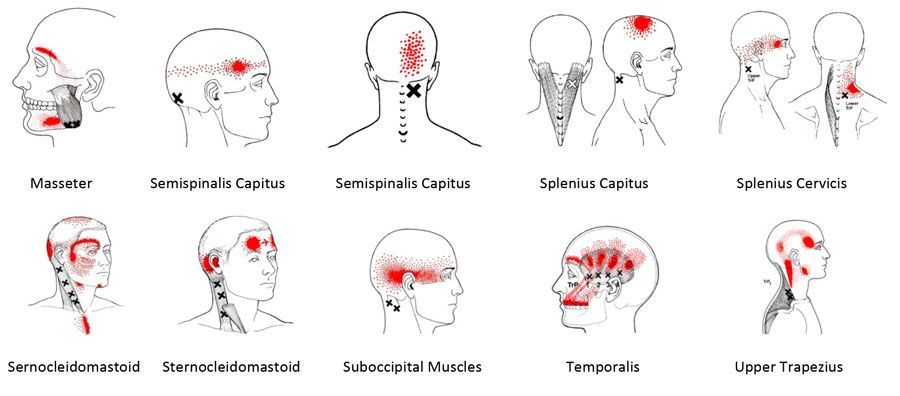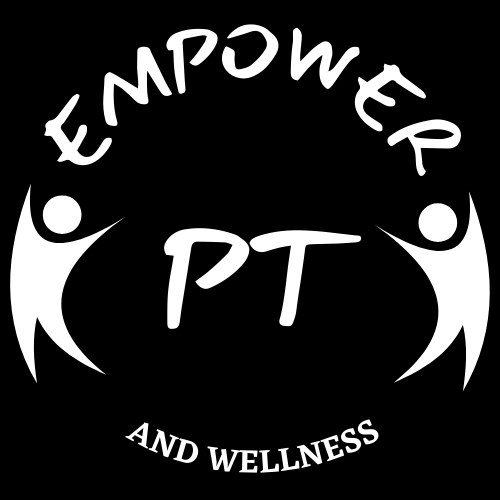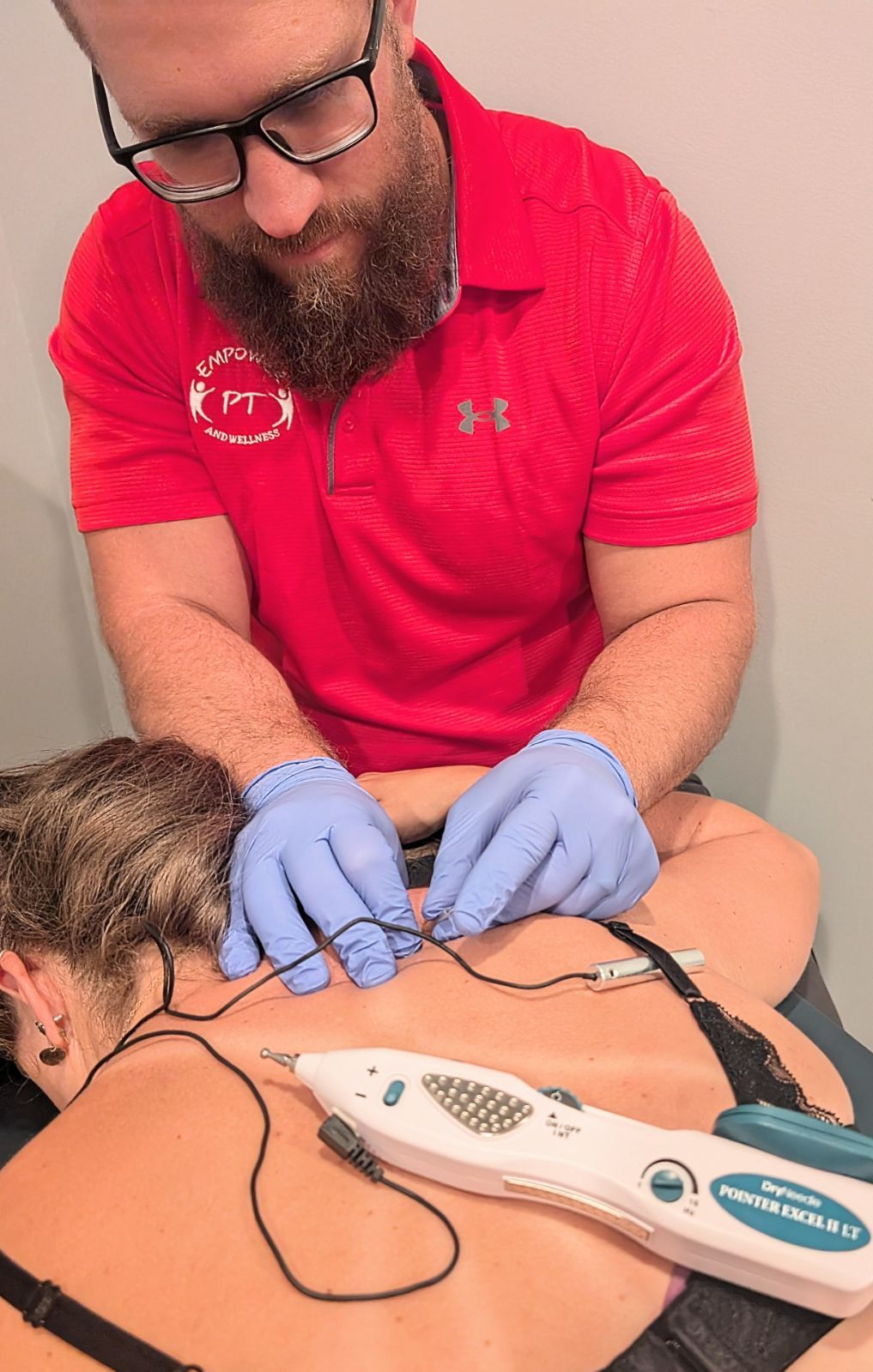Dry Needling:
Dry Needling: A Comprehensive Guide
Understanding Dry Needling:
Dry needling has gained popularity as a therapeutic technique among athletes, individuals suffering from chronic pain, and those seeking alternative pain relief methods. This blog will explore the background, mechanisms, safety, and common conditions treated with dry needling, and what a typical session is like, providing a clear understanding of this effective treatment.
What is Dry Needling?
Dry needling is a technique performed by trained healthcare professionals, typically physical therapists, to alleviate pain and improve function. It involves the insertion of thin, solid filiform needles into myofascial trigger points, which are hyperirritable spots in the muscle often associated with pain and tightness. Unlike acupuncture, which is based on traditional Chinese medicine and aims to balance the body's energy flow, dry needling is rooted in Western medicine principles and focuses on targeting specific muscular issues.
The History and Background of Dry Needling
The concept of dry needling dates back to the early 20th century when Dr. Janet Travell, a pioneering American physician, began using hypodermic needles to treat myofascial pain. Dr. Travell's extensive work on trigger points and their role in musculoskeletal pain laid the foundation for modern dry needling practices. Over the years, the technique has evolved, and its effectiveness has been supported by scientific research, leading to widespread adoption by physical therapists and other healthcare providers.
How Does Dry Needling Work?
For this section, I find there is two types of people/patients. The first group (I put this first I am in the first group that wants to ask a bunch of questions, do the research and know exactly what is going to happen and why it works. Here is the basic versionDry needling targets trigger points within the muscles. These trigger points are taut bands of skeletal muscle fibers that can cause pain, restrict movement, and lead to various dysfunctions. When a needle is inserted into a trigger point, it creates a local twitch response, which is an involuntary contraction of the muscle fibers. This response is believed to result in several therapeutic effects:
1. Release of Muscle Tension: The local twitch response helps to release tight bands of muscle, reducing tension and promoting relaxation.
2. Increased Blood Flow: The insertion of the needle stimulates blood flow to the affected area, enhancing nutrient delivery and waste removal.
3. Reduction of Pain: Dry needling can disrupt the pain cycle by modulating the nervous system and decreasing the sensitivity of nerves in the targeted area.
4. Restoration of Function By alleviating muscle tightness and pain, dry needling can improve range of motion and overall function.
Safety of Dry Needling
Dry needling is considered a safe and effective treatment when performed by trained and certified professionals. The needles used are thin, sterile, and disposable, minimizing the risk of infection. Common side effects are typically mild and may include temporary soreness, bruising, or slight bleeding at the needle insertion sites. Serious complications are rare but can occur if the procedure is not performed correctly, which is why it is crucial to seek treatment from a qualified practitioner.
Common Conditions Treated with Dry Needling
Dry needling can be used to treat a variety of musculoskeletal conditions and pain syndromes, including but not limited to:
1. Myofascial Pain Syndrome: Chronic pain caused by trigger points in the muscles.
2. Tension Headaches and Migraines: By targeting trigger points in the neck and shoulder muscles, dry needling can help alleviate headache symptoms.
3. Neck and Back Pain: Effective in reducing pain and improving mobility in individuals with acute or chronic neck and back pain.
4. Shoulder Pain: Including conditions such as rotator cuff tendinitis and frozen shoulder.
5. Tennis Elbow and Golfer’s Elbow: Relieves pain and promotes healing in the elbow region.
6. Sciatica: Reduces pain and muscle tightness associated with sciatic nerve compression.
7. Plantar Fasciitis: Alleviates pain and promotes healing in the foot's plantar fascia.
8. Hip and Gluteal Pain: Targets trigger points in the hip and gluteal muscles to reduce pain and improve function.
What to Expect During a Dry Needling Session
A dry needling session is typically straightforward and tailored to each patient's specific needs. Here's what you can expect:
1. Initial Assessment: Your therapist will conduct a thorough evaluation to identify the areas of muscle tightness and trigger points that need treatment. This may include discussing your medical history, current symptoms, and any previous treatments you've tried.
2. Preparation: You will be positioned comfortably on a treatment table, and the therapist will clean the areas to be treated with an antiseptic solution to ensure a sterile environment.
3. Needle Insertion: The therapist will insert thin, sterile needles into the identified trigger points. You might feel a slight prick as the needle penetrates the skin, followed by a local twitch response, which may feel like a brief, involuntary muscle contraction.
4. Needle Manipulation: Depending on the treatment plan, the therapist may gently manipulate the needles to achieve the desired therapeutic effect. This could involve rotating or pistoning the needles to elicit further muscle twitches and promote relaxation.
5. Duration: The needles are typically left in place for a few minutes, depending on the severity of the condition and the treatment goals. The entire session usually lasts between 30 to 60 minutes.
6. Post-Treatment: After the needles are removed, the therapist may apply gentle pressure or massage to the treated areas. They will also provide guidance on post-treatment care, such as staying hydrated, performing gentle stretches, and avoiding strenuous activities for the rest of the day.
Conclusion
Dry needling is a powerful tool in the arsenal of physical therapists and healthcare providers, offering relief for a range of painful conditions. Its ability to target specific trigger points, release muscle tension, and enhance overall function makes it a valuable treatment option. As with any medical procedure, it is essential to consult with a qualified professional to determine if dry needling is suitable for your specific needs. If you are struggling with chronic pain or muscle dysfunction, dry needling may be the solution to help you achieve a pain-free, functional life.
---
For more information on dry needling or to schedule a consultation, please contact us at Empower Physiotherapy. Our experienced therapist is here to help you on your journey to optimal health and wellness.





